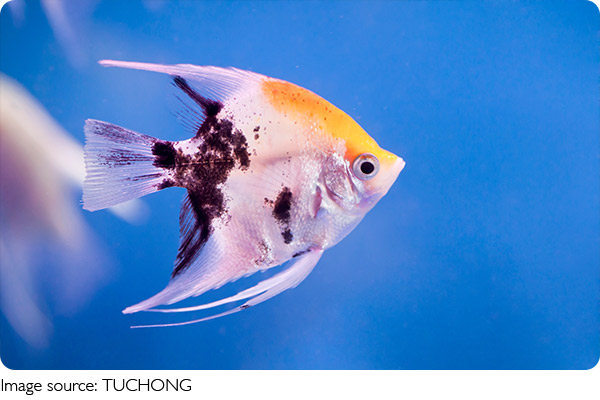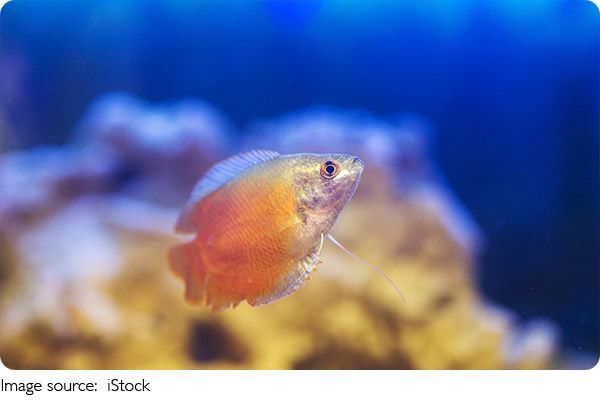Goldfish: Breed Easy!

<h3>Introduction: The Adventure of Goldfish Breeding</3>
We know how rewarding it is to care for goldfish, but breeding them introduces an entirely new challenge.
Breeding goldfish requires patience, attention to detail, and a commitment to creating the perfect environment for these delicate creatures.

While the process may seem daunting, it is achievable with the right approach, offering a fulfilling experience for anyone willing to take the plunge.
<h3>Setting the Right Conditions for Breeding</3>
Creating the perfect environment for breeding goldfish is the first step in this exciting journey. Planning well in advance is key, as goldfish need time to adjust to their environment and prepare for the breeding season. Here’s how we can do it:
<h3>Start Early:</3>
Purchasing your goldfish at least a year before breeding ensures they are healthy and stress-free. The best time to buy them is during July or August, as goldfish typically breed in spring.
<h3>Tank Preparation:</3>
The breeding tank should hold at least 20 gallons of water. For a natural habitat, include bushy plants or artificial fibers where eggs can be anchored. Spawning mops can also help protect the eggs from being eaten by the parents.
<h3>Nutrition Matters:</3>
Goldfish thrive when their diet mimics springtime abundance. Introduce high-quality live food like brine shrimp or black worms to improve their health and readiness to breed. Feed them small portions three times daily, ensuring the food is broken down into sizes they can handle.
<h3>Simulating Spring Conditions:</3>
To mimic spring, start by lowering the water temperature to 10-12°C (50-54°F), then gradually increase it by 2°C daily until reaching 20-23°C (68-74°F). This temperature fluctuation signals the breeding season and encourages natural spawning behavior.
<h3>Water Maintenance:</3>
Daily water changes are essential for maintaining a healthy environment. Replace up to 20% of the water while using a water conditioner to neutralize harmful chemicals and remove chlorine.
Identifying and Separating Males and Sexing your goldfish correctly is crucial for successful breeding. Let’s explore how we can distinguish males from females:
<h3>Female Traits:</3>
Females typically have rounder bodies and a soft abdomen. Their vents (openings near the fin) are convex or "outie" shaped, and their pectoral fins are short and rounded.

<h3>Male Traits:</3>
Males are slimmer with a more rigid abdomen. Their vents are concave or "innie," and during breeding season, they often develop small white tubercles on their fins and gills.
For better results, consider separating males and females for a couple of weeks before breeding. This break increases their desire to mate when reunited.
<h3>Breeding Goldfish: The Moment of Truth</3>
Once the tank is ready and the fish are prepared, it’s time to encourage spawning. Here’s how we can proceed:
<h3>Selecting Breeders:</3>
Choose young, healthy goldfish with strong traits. A good mix includes three males and two females.
<h3>Encouraging Natural Spawning:</3>
Introduce the selected fish to the breeding tank and observe their behavior. Males will chase the females, and the fertilized eggs will attach to plants or other surfaces in the tank.
<h3>Artificial Breeding:</3>
If natural spawning doesn’t occur, manually collect
Jīnghuá
Essencefrom the male and eggs from the female, mixing them gently in a shallow tank. Handle the fish delicately to avoid injuries.
<h3>Protecting the Eggs:</3>
Goldfish often eat their eggs, so it’s essential to remove the breeders immediately after spawning. Fertilized eggs will hatch in 4-7 days, depending on the water temperature.
<h3>Caring for the Next Generation</3>
As the eggs hatch, we’ll find ourselves caring for tiny fry. These baby goldfish require special attention:
Feed them the same food as adults, but in much smaller portions to accommodate their size.
Keep the fry in the breeding tank for consistent water conditions and only move them when necessary.
Ensure the tank is spacious enough for their growth, as overcrowding can lead to stress and poor health.
<h3>Patience and Reward</3>
Breeding goldfish takes time and effort, but watching your goldfish grow from eggs to vibrant swimmers is an incredibly rewarding experience. With patience and care, we can create a thriving environment for generations of goldfish to flourish.
Now that we’ve shared the secrets to successful breeding, are you ready to embark on this fascinating journey? Let’s dive in together!

 · Animal Team
· Animal Team